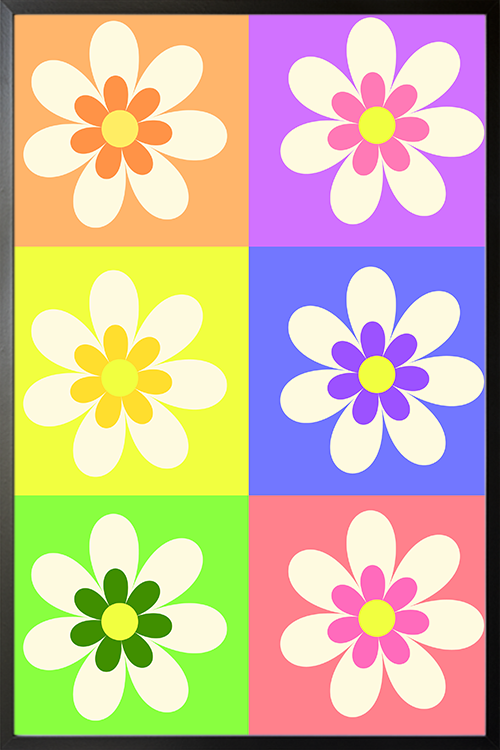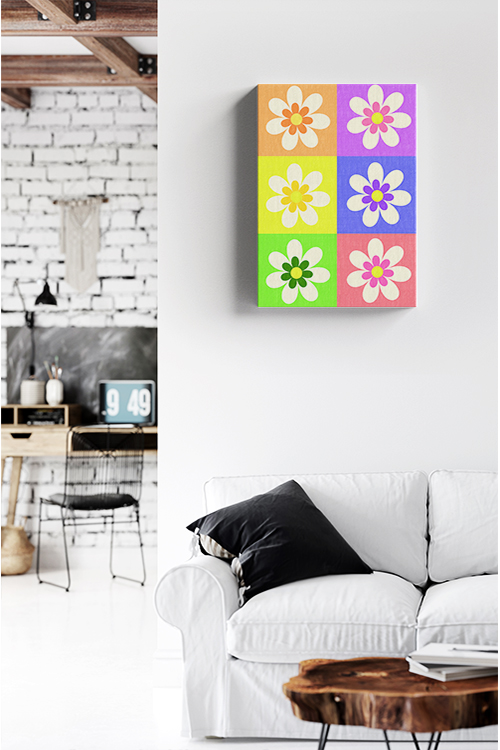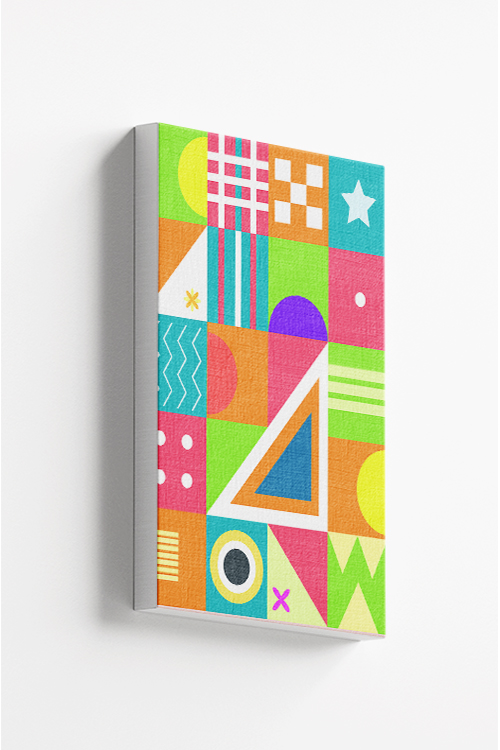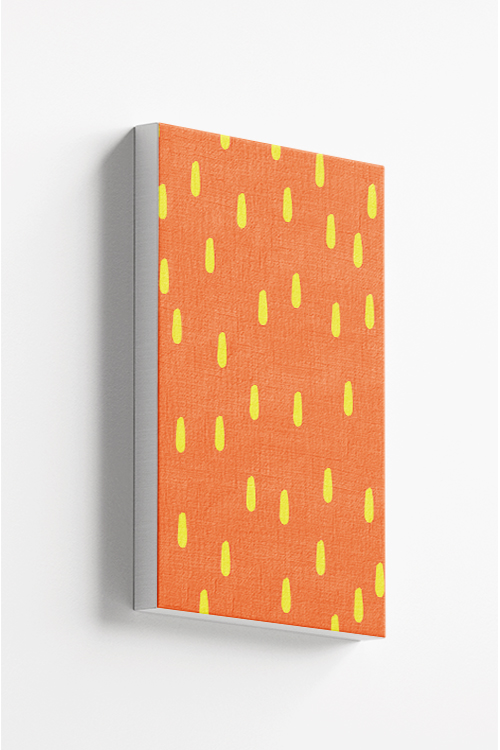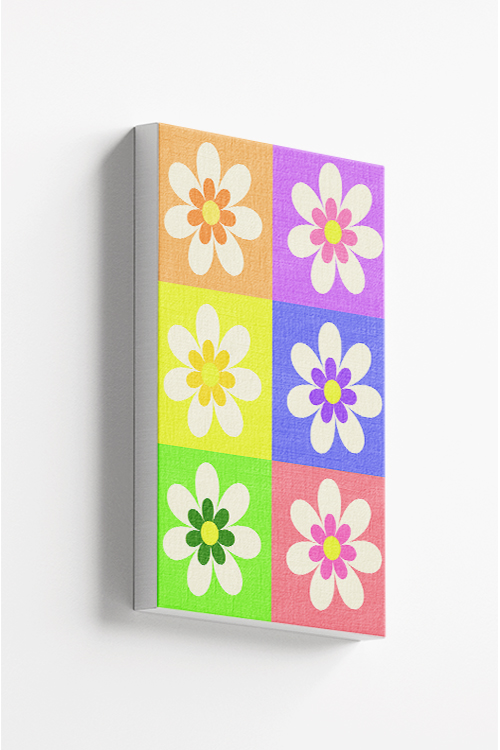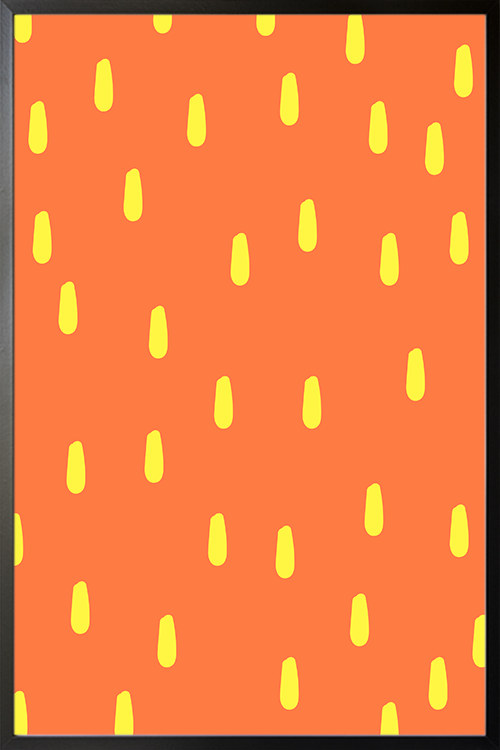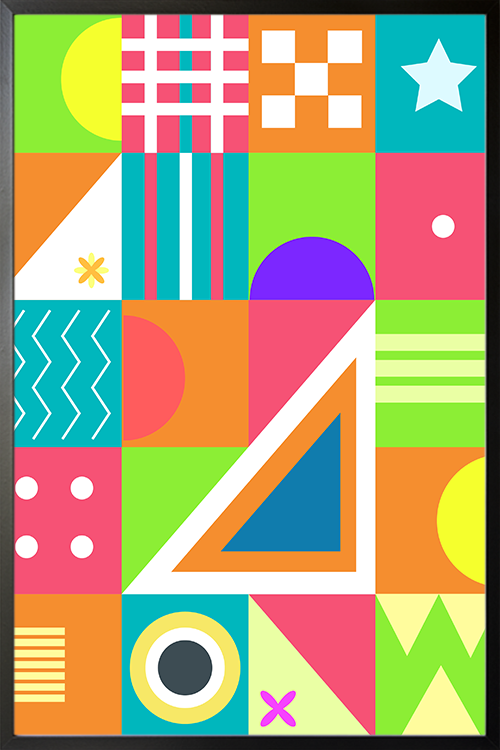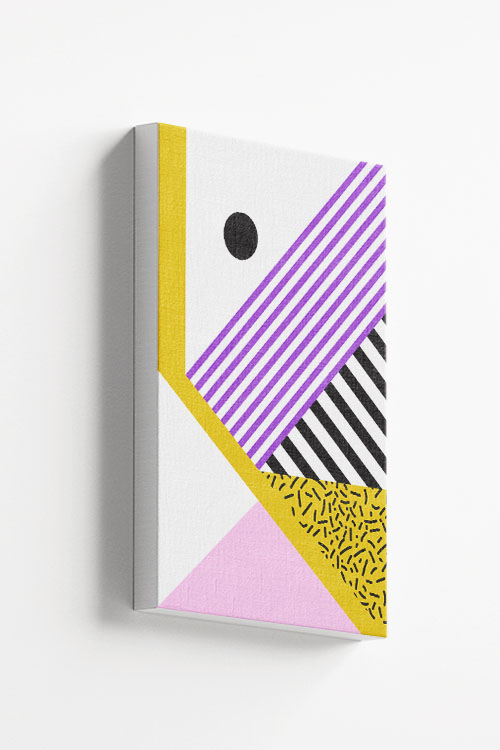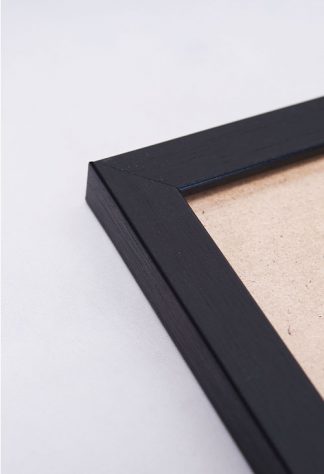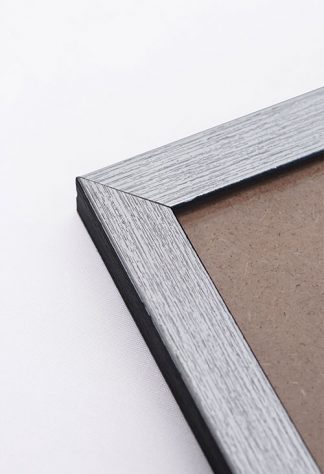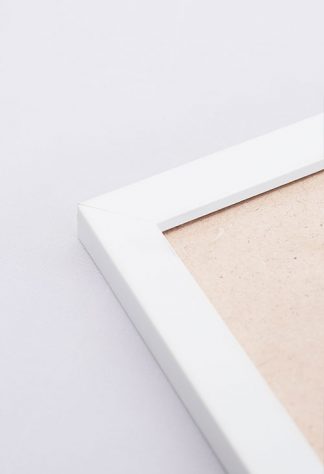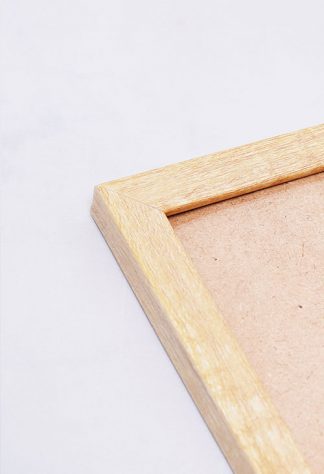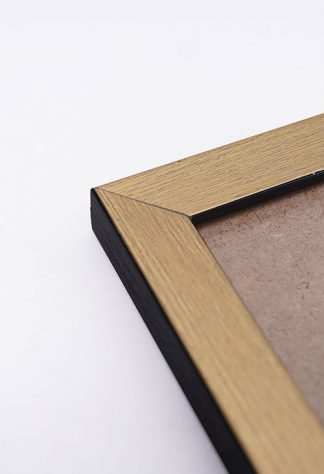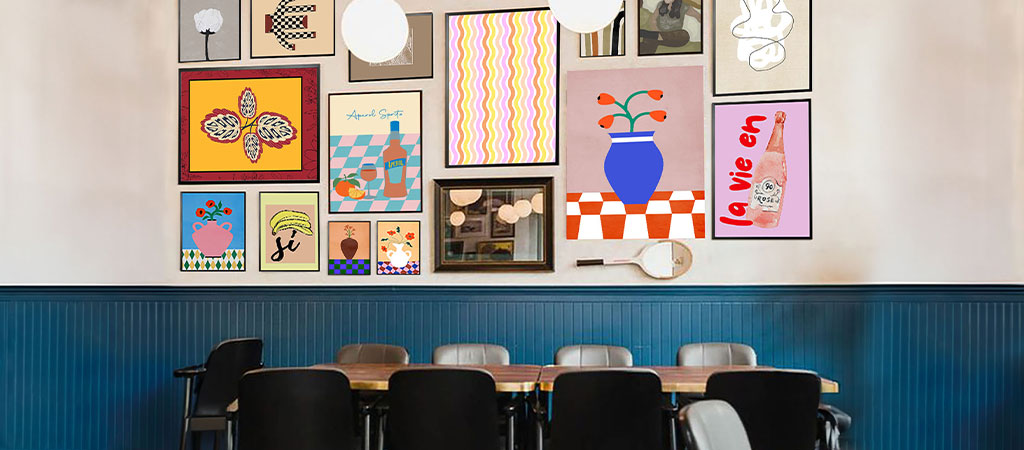
Using trendy prints in restaurants is a creative and innovative way to elevate the dining experience. These prints, whether in the form of wallpaper, artwork, or tableware designs, contribute significantly to the overall ambiance and customer experience. Here’s a detailed exploration of why incorporating trendy prints can inspire and motivate restaurant owners and interior designers.
Enhanced Ambiance and Atmosphere
Trendy prints inject personality and style into restaurant spaces. Whether it’s geometric patterns, nature-inspired motifs, or abstract designs, these prints set the tone for the dining environment. They can create a space that feels vibrant, sophisticated, cozy, or playful, depending on the chosen prints and colors. For example, a restaurant aiming for a modern and chic vibe might opt for sleek monochrome prints or minimalist designs. At the same time, a more casual eatery could embrace lively and colorful patterns to create a welcoming atmosphere.
Brand Identity and Differentiation
In a competitive dining industry, establishing a unique brand identity is crucial. Trendy prints allow restaurants to differentiate themselves from others and carve out a distinct niche. A well-chosen print can become synonymous with the restaurant’s identity, making it instantly recognizable to patrons and setting it apart from competitors.
Customer Engagement and Experience
Visual appeal plays a pivotal role in customer satisfaction. Trendy prints visually engage diners, sparking their interest and curiosity. Guests are more likely to enjoy their dining experience when surrounded by aesthetically pleasing surroundings. Moreover, well-designed prints can stimulate conversation and create memorable dining experiences, thereby enhancing the overall customer experience and encouraging repeat visits.
Flexibility and Versatility
One of the key advantages of using trendy prints is their versatility. They can be applied in various ways throughout the restaurant, from walls and furniture to table settings and even uniforms. This flexibility allows restaurant owners and designers to adapt the prints to different themes, seasons, or special events, keeping the space dynamic and fresh without extensive renovations.
Reflecting Current Trends
Staying relevant to current design trends is essential for any business. Trendy prints enable restaurants to keep in sync with contemporary aesthetics and consumer preferences. They reflect cultural influences, fashion trends, and design innovations, appealing to a diverse range of clientele, including millennials and Gen Z, who value experiences that are Instagram-worthy and visually stimulating.
Creating Memorable Dining Experiences
Ultimately, the goal of any restaurant is to create memorable dining experiences. Trendy prints contribute to this goal by making a visually captivating backdrop for culinary delights. They contribute to the overall narrative of the dining journey, complementing the food and service to create a cohesive and immersive experience for guests.
Ease of Maintenance and Updating
Contrary to conventional wisdom, incorporating trendy prints doesn’t necessarily mean high maintenance. Many modern materials used for prints are durable, easy to clean, and resistant to wear and tear. This reassures restaurant owners and interior designers, making them confident in their choice of trendy prints. Furthermore, updating prints periodically is relatively straightforward and cost-effective, enabling restaurants to adapt to changing tastes and seasons with ease.
In a Nutshell
The benefits of using trendy prints in restaurants extend far beyond mere decoration. They play a crucial role in shaping ambiance, enhancing brand identity, engaging customers, and creating memorable dining experiences. By embracing trendy prints, restaurants can not only stay competitive but also foster a unique and inviting atmosphere that keeps patrons intrigued and excited for more.
